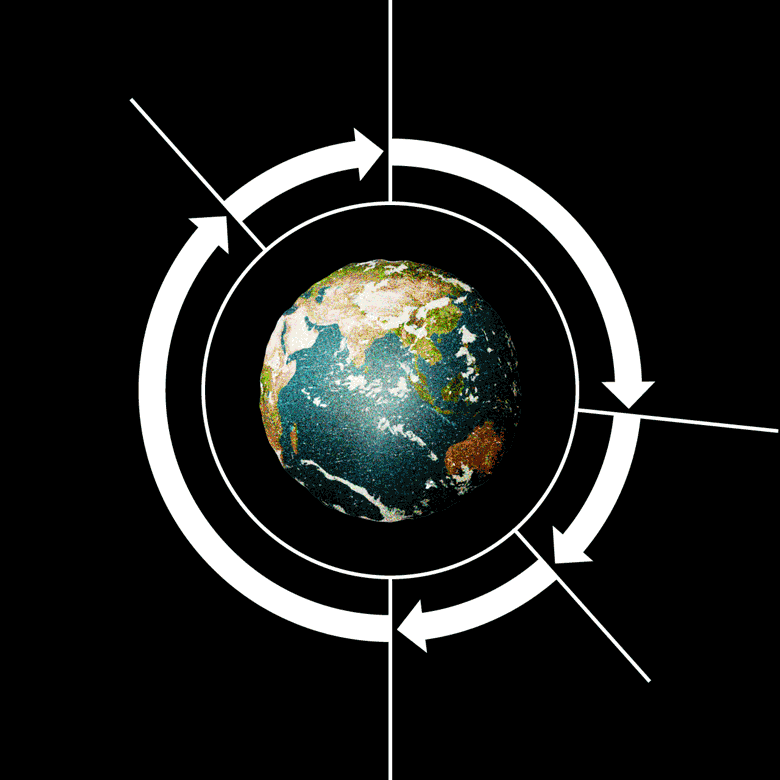Pure materials.
The materials from which our products are made of constitute a substantial part of our total carbon footprint. The importance of materials will grow over time as the focus on more energy-efficient products increases and the electricity used becomes greener.
We therefore strive to replace virgin and fossil based materials with renewable and recycled alternatives, and to ensure that new suppliers comply with our sustainability criteria and our Code of Conduct.
OUR TARGETS:
- our products will consist of at least 80% renewable or recycled materials.
- all suppliers have been evaluated according to sustainability criteria and comply with our Code of Conduct.
- to help our customers make conscious choices by reporting the environmental impact of our products in Environmental Product Declarations (EPDs).
![]()
Un goal No. 12
Responsible consumption and production
The UN’s goal on sustainable consumption and production involves reducing the global ecological footprint. Our contribution is to use natural resources responsibly and share knowledge that helps the user of our products to make more sustainable choices.
12.2 Sustainable management and use of natural resources
We are transitioning to renewable and recycled materials.
12.8 Raise public awareness of sustainable lifestyles
We report the environmental impact of our products through EPDs. This enables us to inform our customers about how they can make more sustainable choices.
What are we doing to achieve our targets?
Exploring new materials comes naturally to us and we like to think anew. We choose materials carefully and in terms of where we can make the biggest difference, but without compromising on light comfort. Our curiosity and drive can sometimes lead to substituting a material with a better alternative, where we switch from one material to another. Or that we simply test a material that is new to us and where everything needs to be adjusted from the early design. What used to be a pioneering spirit is today a sense of responsibility and the desire to use materials in a sustainable way.
Read more about Notor 36 – a product made of recycled aluminium
Read more about Discovery – from fossil fuel-free plastics to renewable plastics
Read more about Multilume Re:Think – from sheet metal to renewable solid board
Read more about Kvisten – a product in wood where every detail is questioned
For many of our products, we use aluminum profiles due to the material's excellent properties and weight. At the same time, aluminum is a material that requires enormous amounts of energy during production, which is costly for our planet and can lead to significant greenhouse gas emissions during extraction.
Since the end of 2024, we have been using recycled aluminum in the majority of our aluminum profiles. The profiles consist of 75% post-consumer material (scrap after end-use) from remelting plants in Europe. This aluminum, excluding extrusion, has 71% lower climate impact compared to the average impact of primary aluminum from Europe, and 88% lower climate impact compared to the global average of primary aluminum production.
Recycled extruded aluminum is used for the products Notor 65, Notor 36, Notor Recessed, Fjord, Vil, Multilume Hydro, and Sentra.
With every LED luminaire comes electronics – in the form of a driver that converts mains voltage to suitable current. This is a product part with a significant carbon footprint, but where development compared to lighting luminaires has long been somewhat overlooked.
Twin Dual Driver is a driver that supplies two luminaires – with up to 4.8 meters distance – with power. It is developed with innovation and sustainability as the main drivers, and with streamlined electronics and recycled plastic, the climate impact of the driver is reduced by 49% (comparing EPDs, GWP Fossil A1–A3: Twin Dual Driver and two drivers with equivalent function).
Twin Dual Driver is compatible with several of Fagerhult's product families. The most efficient combination is two Multilume Re:Think luminaires together with lighting control from Organic Response.
The packaging for our newly developed products shall preferably be made of renewable or recycled materials. Packaging is also being reviewed for existing products, and plastic packaging is being replaced with corrugated board, for example. To reduce the climate impact from the cushioning packaging materials that protect our products, we choose to only use styrofoam that is made from 50% recycled polystyrene. This reduces our carbon footprint by approximately 30 tonnes of CO2 every year.
For all luminaires, there is a material declaration that presents the types of materials included in the product. Some products also have a third-party audited Environmental Product Declaration (EPD), which complies with international standards. The target is for all of Fagerhult’s newly developed luminaires to have an Environmental Product Declaration. You find the EPDs that are currently available under Downloads, via the product filter, or on the respective product pages.
Our global presence places high demands on us and on our partners to take responsibility for the planet and from a social perspective. Our Code of Conduct provides clear guidelines that everyone within our Group and partners are expected to follow. We continuously train employees about the Code of Conduct and how to comply with it.

Our life-cycle assessments (LCA) show that the material constitutes about 25% of a luminaire’s climate impact over its life cycle today. If only fossil free electricity is used instead, the impact of the materials is about 85%. This is where we can make the biggest difference – by using resources responsibly. To achieve a long-term solution, we need to use renewable and recycled resources and materials.